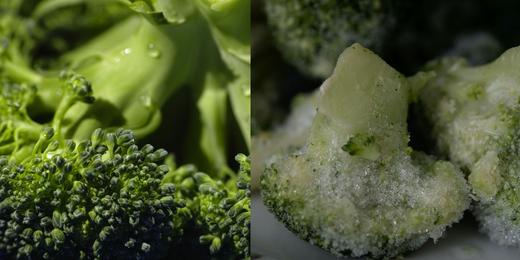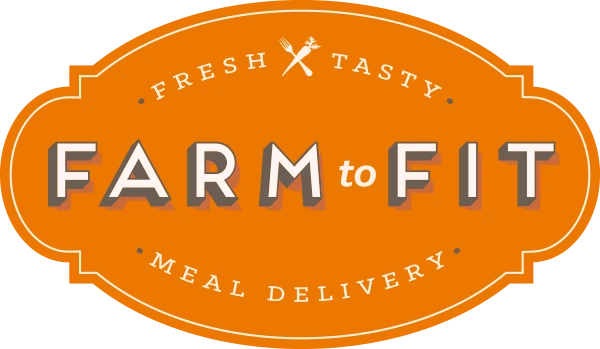Why Fresh, Ready to Eat Meals are Better than Frozen
Posted on

You wouldn't be alone if you've ever thought Farm to Fit's meal delivery service reminds you of frozen TV dinners. They are portioned similarly and packaged similarly, after all. But there are some serious differences between our fresh, ready-to-eat meals you can heat in the microwave and frozen meals such as Lean Cuisine. In this blog, we'd like to shed some light on just why fresh meals are better than frozen.
First, a little background information. Produce that's meant to be frozen is typically picked right when it's ripe, so that the most nutrients possible can be preserved. By contrast, fresh produce that's destined for grocery store shelves is typically harvested a few days before it's ripe, so that it has time to ripen in transit and/or on store shelves. However, with a service like Farm to Fit, given our focus on locally sourcing farm-fresh ingredients, this window of time narrows significantly—produce can be picked closer to when it's ripe.
Produce that's been frozen has typically been blanched, too. Blanching is a process of scalding veggies in boiling water or steam for a short time, in order to cleanse them and stop enzyme actions that can result in loss of color and flavor. Blanching can also cause vegetables to go soft and even wilt. Food that has been blanched for too long can lose vital vitamins and minerals. With fresh meals, you're getting crisp veggies that are packed with nutritional content.
Beyond just the produce, frozen meals tend to have more ingredients than fresh meals—and not the good kind. We're talking more preservatives, flavorings, and chemicals, i.e. not whole foods and real spices. Additionally, frozen meals tend to have a lot of sodium and saturated fat, more than is recommended.
So, next time you're thinking your Farm to Fit ready-to-eat meals are similar to frozen TV dinners, think again!
